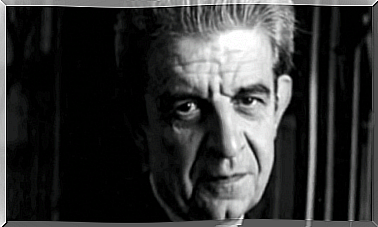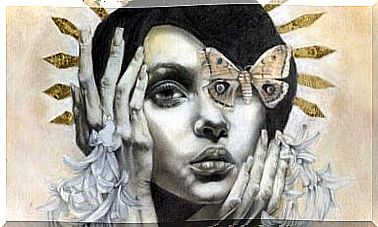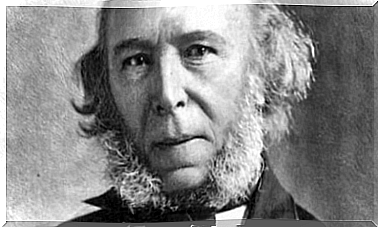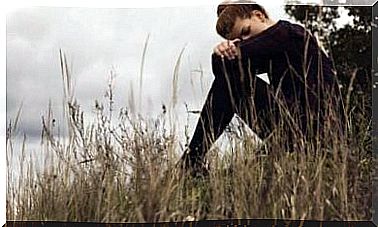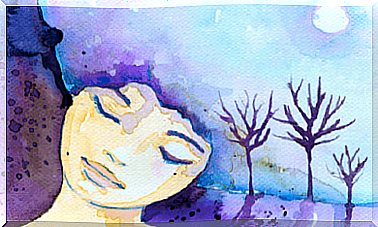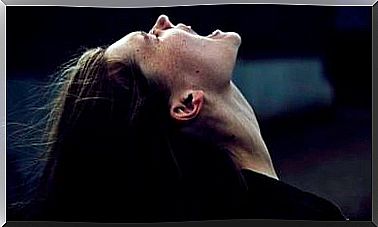Alexander Luria, A Pioneer In Neuropsychology

Strictly speaking, Alexander Luria was probably the first neuropsychologist in history. This branch of knowledge unites psychology with neurology. While it may seem like an obvious concept today, it was unthinkable less than a century ago.
Lev Vygotsky was the great source of inspiration for Luria. They met in Moscow when Luria was at the beginning of his career. Vygotsky had such an influence on him that some say the work of the two men is virtually indistinguishable.
We consider Alexander Luria to be the first researcher to fully link the nervous system to behavior. In fact, he made a great contribution to the field of knowledge that had just emerged in the 20th century.
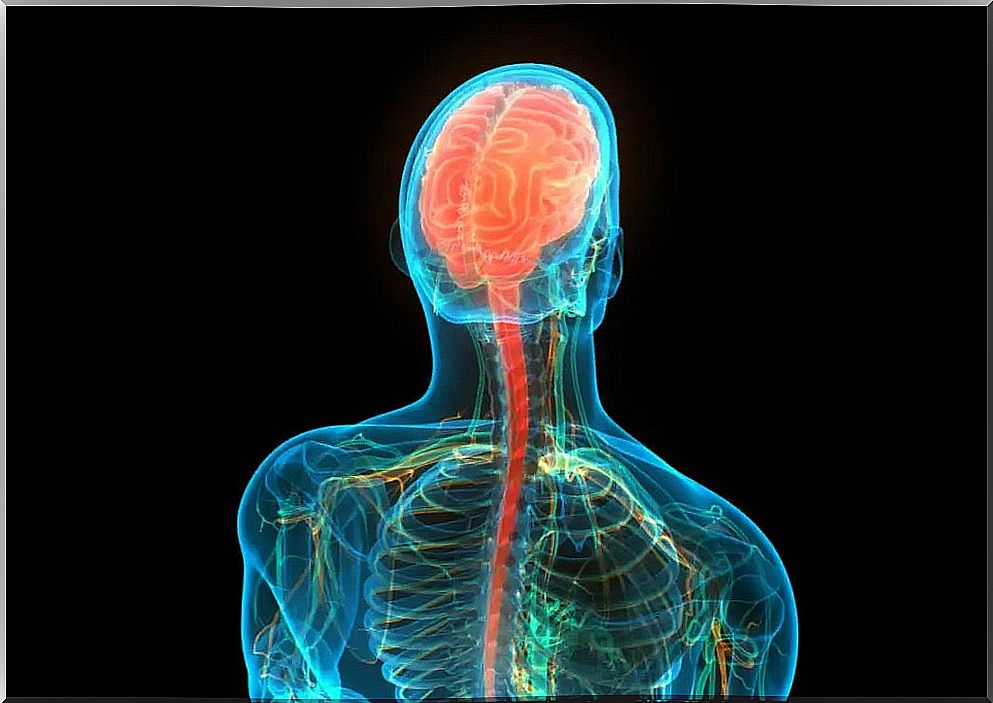
The career of Alexander Luria
Alexander Luria was born on July 16, 1902 in Kazan, Russia. His mother, Victorovna Haskin, was a dentist. His father, Roman Albertovich Luriya, was a doctor. They were both Jewish and gave their son a good education. Alexander even spoke several languages and inherited his parents’ love of science.
Luria started school at the age of seven. However, the Russian Revolution interrupted his education. When he was 16, he started training as a doctor at Kazan Federal University. He received his doctorate in psychology from the First Moscow State Medical University in 1921.
In 1922, Luria helped establish the Kazan Psychoanalytic Society. At the time, his lectures focused on the work of Freud and Jung. Later, he began his career as a professor at the Academy of Psychological Sciences of the Soviet Union.
He met Vygotsky at a psychoneurological conference in 1924. After that, they both worked in the Clinic of Nervous Diseases of Moscow University. Vygotsky became his mentor. Not long after, they started producing work together.
Neuropsychology
Luria criticized Pavlov’s theories in 1925. For this reason, they removed him from the scientific elite until after Stalin’s death. Luria knew that his views had no place in the dictatorial regime. Therefore, he devoted himself to studying the brain.
At that time, the medical profession believed in localization. This is the theory that different functions can be located in different parts of the brain. Luria, however, thought otherwise. He came up with the right idea. Indeed, he confirmed the fact that brain fragments performed no functions. Instead, it is a complex functional system.
Lurio focused much of his attention on the study of language. He was especially interested in understanding aphasia. This is a language disorder characterized by difficulty or inability to communicate. Luria intended to establish the relationship between this disorder and thinking.
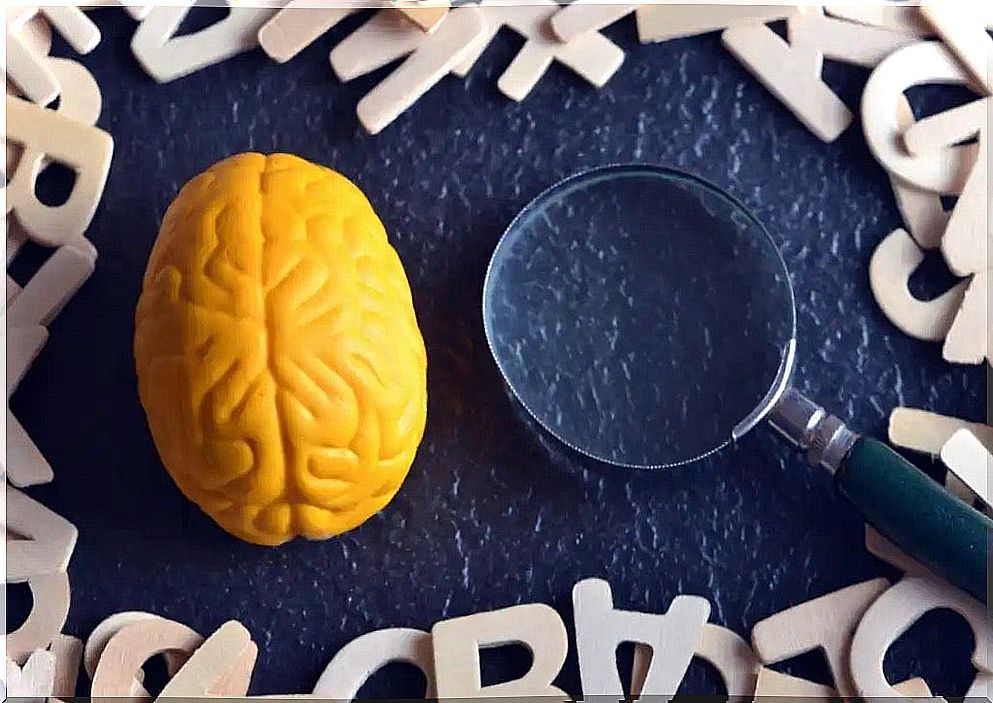
Pioneering work
During World War II, they sent Luria to a military hospital on the front line in Kisegach. There he had the opportunity to observe the effects of brain injury on skills and behavior. Many of the soldiers had head injuries. For this reason, despite being in the middle of a war zone, he was able to continue his studies.
He developed tests to demonstrate the effects of brain injury on cognition. From there, he identified cognitive impairments and showed their location in the brain. This meant that neurosurgeons could operate on them. He was also able to explain in depth the effects of brain injury on language.
After the war, Luria continued to explore the relationship between language and thought. However, he now chose to focus on children with intellectual disabilities. In 1968 he was appointed a member of the United States Academy of Science. He died in Moscow in 1977 of a heart attack.
Luria’s findings were reflected in his books. His writings include Higher Cortical Functions in Man (1962), Human Brain and Psychological Processes (1966), The Working Brain (1973), and The Man with a Shattered World: The History of a Brain Wound (1987). His work has been fundamental to understanding the brain and composing rehabilitation techniques.
